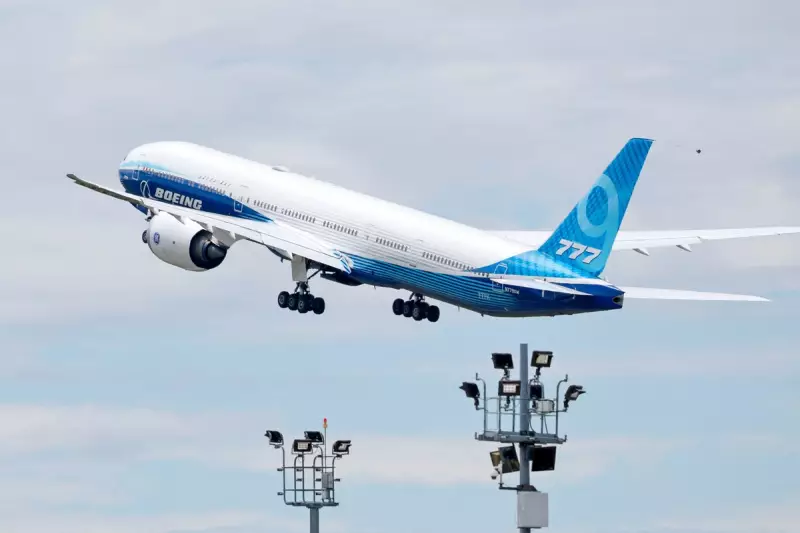
Aviation enthusiasts and airlines will need to wait even longer for Boeing's revolutionary 777X aircraft, as the manufacturer announces further delays pushing its service entry to at least 2026.
The latest setback marks another chapter in the troubled development of what Boeing bills as "the world's largest and most efficient twin-engine jet." Industry insiders had been cautiously optimistic about seeing the aircraft in commercial service by 2025, but those hopes have now been dashed.
Certification Challenges Mount
According to sources familiar with the matter, the extended timeline primarily stems from ongoing certification hurdles with aviation regulators. The Federal Aviation Administration (FAA) continues to maintain a rigorous oversight position following previous issues with Boeing's 737 MAX aircraft.
"The certification process remains comprehensive and methodical," an industry expert noted. "Regulators are leaving no stone unturned when it comes to the 777X's complex folding wingtips and advanced systems."
Airlines Forced to Adjust
Major carriers including Emirates, British Airways, and Lufthansa – all significant customers for the new aircraft – now face extended waits for their ordered 777X fleets. This delay could potentially impact route planning and fleet modernisation strategies across the industry.
The aircraft's promise of unprecedented fuel efficiency and range made it particularly attractive for long-haul routes, with many airlines counting on it to replace older, less efficient wide-body aircraft in their fleets.
Technical Innovations Face Scrutiny
The 777X incorporates several groundbreaking features that have drawn particular attention from safety regulators:
- Folding wingtips that allow the aircraft to use standard airport gates while maximising wingspan for efficiency
- New GE9X engines, the most powerful commercial aircraft engines ever built
- Advanced composite materials throughout the airframe
- Next-generation cockpit systems and passenger amenities
Each of these innovations requires extensive testing and certification, contributing to the extended timeline.
Broader Implications for Boeing
This delay represents another significant challenge for Boeing as it works to rebuild trust following the 737 MAX crisis. The company continues to face intense scrutiny from regulators, airlines, and the travelling public.
Industry analysts suggest that the extended development timeline could provide opportunities for competitors, particularly Airbus with its A350 family, to gain additional market share during the interim period.
For now, aviation watchers and future passengers must continue waiting for what promises to be one of the most significant aircraft introductions of the decade – though that wait has just grown considerably longer.





